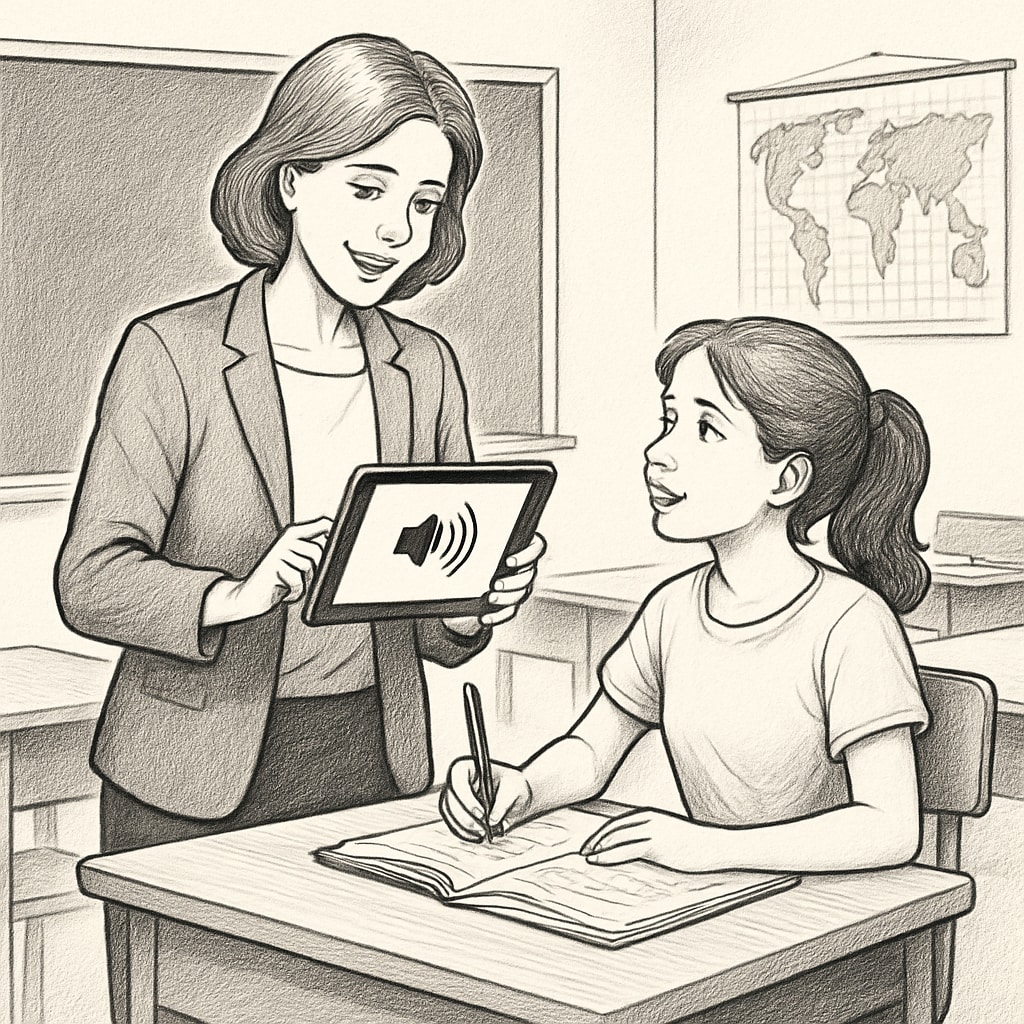In today’s fast-paced educational landscape, speech recognition technology has emerged as a powerful tool for reducing teachers’ administrative workload while enhancing teaching efficiency. By integrating solutions like WillowVoice into the classroom, educators can streamline their workflows, focus on core teaching tasks, and ultimately improve the quality of education for K-12 students. This article explores how speech recognition is transforming education, offering practical benefits for teachers and students alike.
How Speech Recognition Reduces Administrative Tasks
For K-12 teachers, administrative duties such as grading, lesson planning, and documenting student progress often consume valuable time that could be spent on teaching. Speech recognition technology, such as WillowVoice, offers a solution by automating these tasks. For example, teachers can dictate lesson plans or assessment feedback, which the software transcribes instantly. This eliminates the need for manual typing and allows teachers to focus on more impactful activities.
Moreover, speech recognition tools can assist with data entry and attendance tracking. By simply speaking commands, teachers can update records, reducing errors and saving several hours each week. As a result, educators can spend more time engaging with students and fostering a dynamic learning environment.

Enhancing Feedback Quality and Student Engagement
Providing personalized feedback is crucial for student growth, yet it often requires significant effort. With speech recognition tools like WillowVoice, teachers can quickly record detailed, individualized feedback for each student. The software captures every nuance of the teacher’s voice, ensuring that the comments are clear and actionable.
In addition, the ability to generate feedback through voice allows teachers to adopt a more conversational tone, which resonates better with students. This approach not only improves students’ understanding but also fosters stronger teacher-student relationships. By reducing the time spent on repetitive feedback tasks, educators can focus on creating innovative teaching strategies that engage and inspire their students.

The Role of WillowVoice in Transforming Teaching Efficiency
WillowVoice stands out as a leading example of how speech recognition technology can transform teaching efficiency. Designed specifically for educators, WillowVoice offers advanced features such as real-time transcription, multilingual support, and integration with popular learning management systems (LMS). These functionalities enable teachers to seamlessly incorporate the tool into their existing workflows.
For example, during parent-teacher conferences, teachers can use WillowVoice to record conversations, ensuring accurate documentation without disrupting the flow of the meeting. Additionally, the tool’s multilingual capabilities allow educators to communicate more effectively with non-native English-speaking parents and students, bridging language barriers in diverse classrooms.
Overcoming Challenges and Embracing the Future
While speech recognition technology offers numerous benefits, it is essential to address potential challenges. Issues such as background noise in classrooms or accents can occasionally affect accuracy. However, tools like WillowVoice are continuously improving through machine learning algorithms, ensuring higher accuracy rates over time.
Adopting speech recognition technology also requires an initial investment of time and resources. Schools and educators need proper training to maximize the tool’s potential. Despite these challenges, the long-term benefits—reduced workload, improved efficiency, and enhanced education quality—make the transition worthwhile.
As technology continues to evolve, the role of tools like WillowVoice in education will only expand. By embracing these innovations, schools can empower teachers to focus on what truly matters: inspiring the next generation of learners.
Readability guidance: This article uses concise paragraphs, lists key points under subheadings, and incorporates transition words for better flow. Speech recognition technology examples like WillowVoice are highlighted to provide real-world context.


